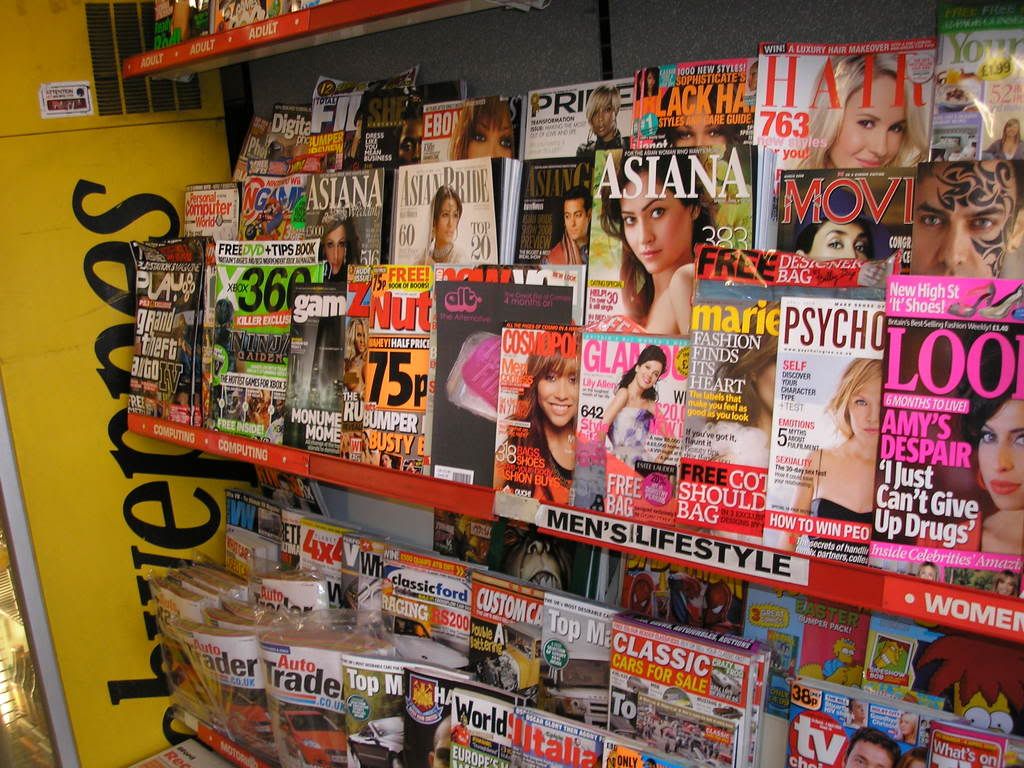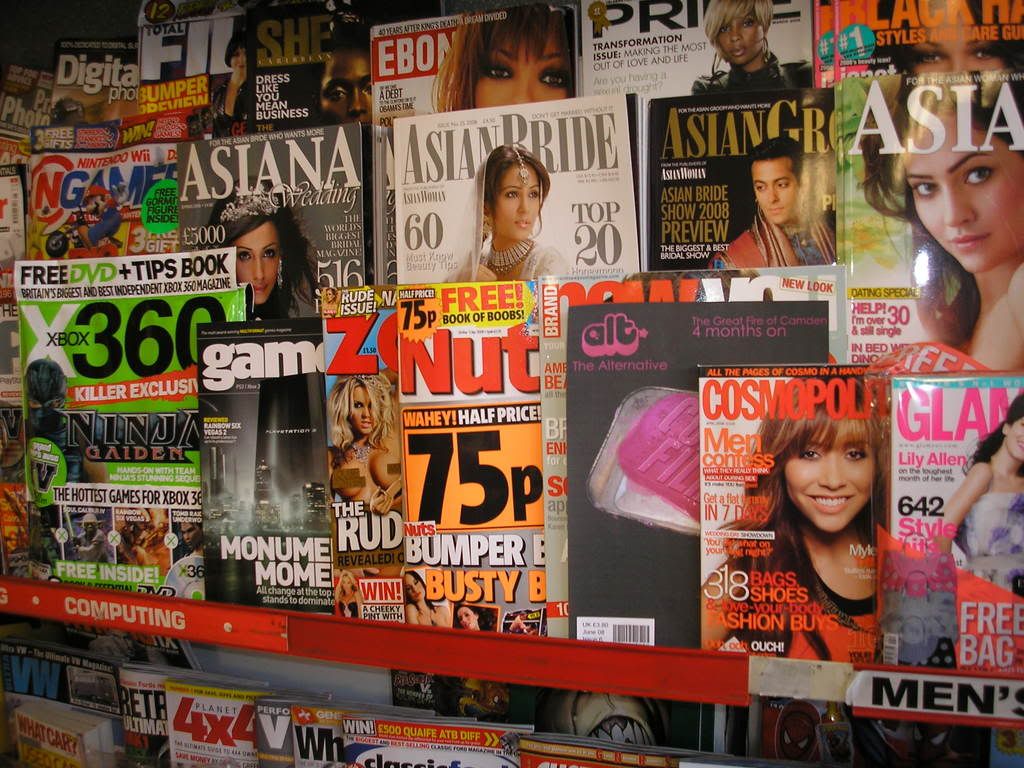I remember like it was yesterday, I was round my friend’s house one hot summer’s afternoon about two years ago playing dominos eating jerk chicken, rice and peas when his father put on his Ziggy Marley CD and played ‘Rainbow in the Sky’ whilst relaxing at the dinner table. From that day on I have been a huge fan of reggae music.
Obviously I had heard reggae music before but I had just never really taken any notice of it as I did not give it a chance. I suppose I had the common stereotypical view that Reggae music was for the target audience of Black, Afro-Caribbean’s so therefore never really took an interest in it. However this is far from the case as Reggae was very popular amongst white male skinheads during the 1980’s along with soul music, ska and rocksteady which are all genres of music of the black culture. Ironically it was even adopted by British Nationalist groups such as the National Front.
I find that reggae music is great to listen to when you are trying to relax and chill out, as the rhythm is usually slow and laid back. Other influences that have led me into listening to Reggae music are stars like Jimmy Cliff, Shaggy, Shabba Ranks and of course the legend himself Bob Marley who is one of the biggest musicians to ever live and the man who made Reggae music known worldwide, as when you think of the genre the first person to come to mind is Bob Marley. I am a huge fan of his as his music was very much about preaching and spreading a message through many of his songs, for example the song ‘One Drop’ and ‘The Redemption Song’ he sings about the slave trade which many cultures had suffered from in past history. Also in the song ‘One Love’ he sings about the need for world peace. Marley is a good role model for people to look up to as he expresses realism in his music. He does not talk about guns and sleeping with women, he does not give of a negative or fake message like many musicians do now days like 50 Cent. Marley spreads a good message and gets it across well which is why I am a huge admirer of him as a person and a musician. Another Reggae influence that I am a big fan of is Collie Buddz, who is famous for such songs like ‘Come Around’ and ‘Mamacita.’ Buddz is very unique as he is one of the only active white reggae stars around. From New Orleans in the United States; originally from Bermuda in the Caribbean, he is a rising star on the scene with a mix of Reggae and Dancehall.
Other types of reggae music include the Ska genre of music originated from Jamaica in the late fifties. Clashing calypso sounds with rhythm and blues. Ska was very high in popularity during the sixties which caused it to emerge on the scene in Britain. A good example of an English Ska band is Madness, who rose to fame in the nineteen seventies. Madness produced an amazing seventeen top ten hits in the UK charts which included such classics as Baggy Trousers, Our House and It Must Be Love. However it was not all joy as they were controversially linked with the skinhead subcultures that were thought of as racist.
Another popular white reggae band was Sting and The Police. Who were immensely popular in the late seventies to mid eighties. Songs such as ‘Don’t stand so close to me’ and ‘Roxanne’ shot them to stardom.
Carrying on the theme of stereotypes in music I was very surprised to find that many of my school colleges are big Michael Buble fans and have his latest album. Usually you would associate people in their late teens with R n B, Hip Hop and Grime music, artists such as Wiley, Snoop Dogg and Kanye West. However this is far from the case. This got me to thinking about whom else my fellow peers like to listen to. The list did not stop at Michael Buble as I found that many people enjoy the likes of Marvin Gaye, George Michael and Prince. I have been going around asking people there thoughts on music from other era’s such as the eighties, my good friend Arvind stated that he was a huge Lionel Richie fan, in fact he said “Lionel Richie is an amazing artist, his smooth voice and catchy tunes just make me want to get down, my favourite song of his is Dancing on the Ceiling.” Also as I was listening to a friends iPod and was very surprised when I found many eighties classics such as Phil Collins, Wham, Queen and Abba on there, however understandably this person would like to stay anonymous. I mainly listen to reggae, gangsta rap and club music. But do not let my rough and tough exterior fool you. When I have had a hard day at school or work I like to kick back and chill out to some Barry White and maybe some and I boldly state SOME George Michael tracks as they are easy to listen to and very relaxing.
So when adults say that the younger generation of today no nothing about proper music and only listen too boom box music is sadly mistaken. As most teenagers of today seem to have a wide variety range of music.
SKINHEAD: MUSIC AND LIFESTYLE
Reggae and Ska music were big influences on the skinheads. In fact many things in the skinhead followings were affected by the black culture, it does not stop at reggae music. As skinheads were deeply influenced by Jamaican rude boys, which was a term given to gangsters from poor slums in Kingston, Jamaica in 1960’s. Skinheads also copied the West Indies fashion. . Some may say that this is very hypocritical as many would not disagree that the skinhead cult is a ‘racist’ following. However skinheads themselves claimed to be far from this. Skinheads believed in standing up for England and its beliefs. When you think of a typical skinhead we are led to believe that they are violent, tattoo covered, Nazi, hooligans who fight all the time and want rid of all other races. In many parts of media skinheads are stereotyped of being racist but such films as ‘This is England’ give people a realistic look into the skinhead culture and what they are like. This film promotes skinheads as good people like me and you. However like a minority of people in all races and cultures we always get a few unsavoury characters that start trouble and give off a bad name to that group of people, this is what gives of a stereotypical view of skinheads that we see in the media.
Other music genres that Skinheads listened to are Punk Rock, people like The Clash and Glam Rock which you can see from the way some female skinheads dress as some are heavily drenched in make up.
Skinheads first came onto the scene in the 1960’s, working class people with shaved heads. In time the skinhead culture converted from a cult and gang in a way to a white nationalist, political group. Gangs of skinheads would start fights with Asians who they came across on the streets. Skinheads joined the National Front in the 1970’s. Which was the cause of an increase on race based crimes in the United Kingdom.
The traditional skinhead male would have a shaved head and maybe long sideburns. They would usually wear Ben Sherman style polo or casual chequered shirt or a plain white t-shirt. Levi’s jeans are very common wear with high turn ups. Along with Dr. Martens boots.
For female skinheads they would have shaved hair in some way usually allowing a fringe. As far as jackets and shirts their style is very similar to male skinheads. Short skirts are popular amongst the women and as for footwear they usually wore Dr. Marten’s boots as did the men.
Tattoos are very common in the skinhead culture. They are usually based on very patriotic symbols. Such as the British Bulldog and the national flag. Another very powerful tattoo in amongst skinheads is the spider web on the elbow. In the racist skinhead clans such symbols like the Nazi Swastika sign is very popular. Also a skinhead crucified on the cross, which is a powerful symbol and shows the importance and seriousness of the skinhead culture to some people as it states skinhead as a religion in some ways.





